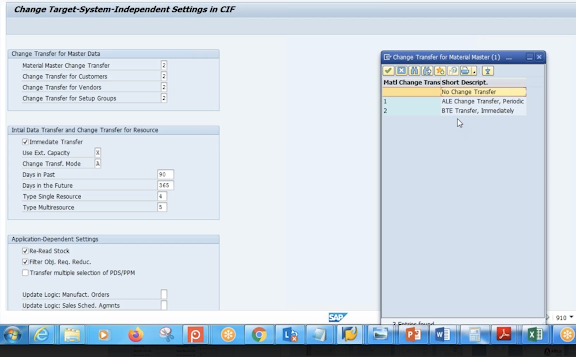EWM Organization Structure
- Warehouse Number:(4digit no) Each warehouse number consists of a sub structure that maps the warehouse relationship.
- Storage Type
- Storage Section
- Storage bin
- Activity Area
- Define each n every object individually through SPRO- Master data- define WH no.
- Activate BC sets(business Configuration sets - SAP Predefined sets) tcode: SCPR20
- Warehouse independent(document type integration) - Client level setup
- Warehouse dependent(org structure relevant) - Processes- eg: inbound delivery setup, control parameters
- Copy from reference warehouse:
Another Concept in EWM explained in the context of a third party warehouse which is holding Consignment Stock For a Plant.:
- Custodian: Third Party Warehouse who has the physical custody of the material.
- Owner: Consignment Vendor who has kept supplied the goods to Plant. Also Consignment Vendor is the legal owner of the stock.
- Party Entitled to Dispose: Plant for which the stock is procured.
- It is Plant-Vendor in ECC
- Usually this is the plant in which the stocks are planned, and in which the ATP check is performed. Each stock must be assigned to a party entitled to dispose, meaning that it is possible to manage stocks from several plants in one warehouse number. if vendor is mapped as a location, then that can be mapped as "party entitled to dispose".
Configuration in EWM for these:
In SAP ECC, create Vendor: HS01-VEND using tcode XK01
Goto XK02-enter vendor-select Purchasing data- extras- add purchasing data- assign plant HS01.
We can transfer the data through CIF, but while creating integration model, enter vendor name
Give Create Loc./BP= 2; which will create location and business partner both in EWM.
Activate IM.
Then check in EWM - /SAPAPO/loc3 - vendor is created with location type - 1011
As Vendors and customers are Business Partners in EWM, goto tcode BP -> enter BusinessPartner - HS01-VEND and you can check there
Also to know whether it is vendor or customer, goto tab Identification there you can see ID type CRM004 : R/3 Vendor number and also the ERP system.
In order to maintain this as plant vendor, maintain id type as:
CRM011 - HS01(enter only plant) and ERP system.
Since we have added this, now this is a plant-vendor.
Now goto Assign WM - HSWM; add new entry
Supply chain Unit: SCU- we create SCU with location type 1008, it represents warehouse location.
when wh n plant location is same, then we can use plant as SCU. if i want to assign SCU to WH, SCU should be having business attribute as INV. it is a pure master data.
Now Go to SPRO - EWM- Assign warehouse number controls:
- Weight unit
- Volume unit
- Currency
- Time unit
- unit of length
- Factory calend.
- Link to subsystem:




Comments
Post a Comment